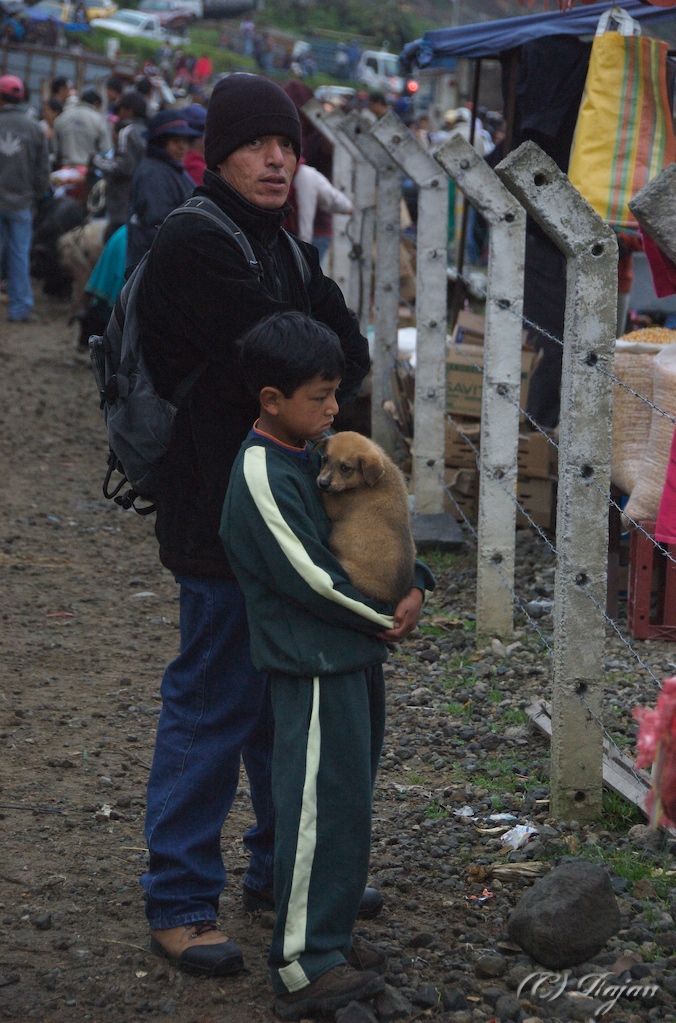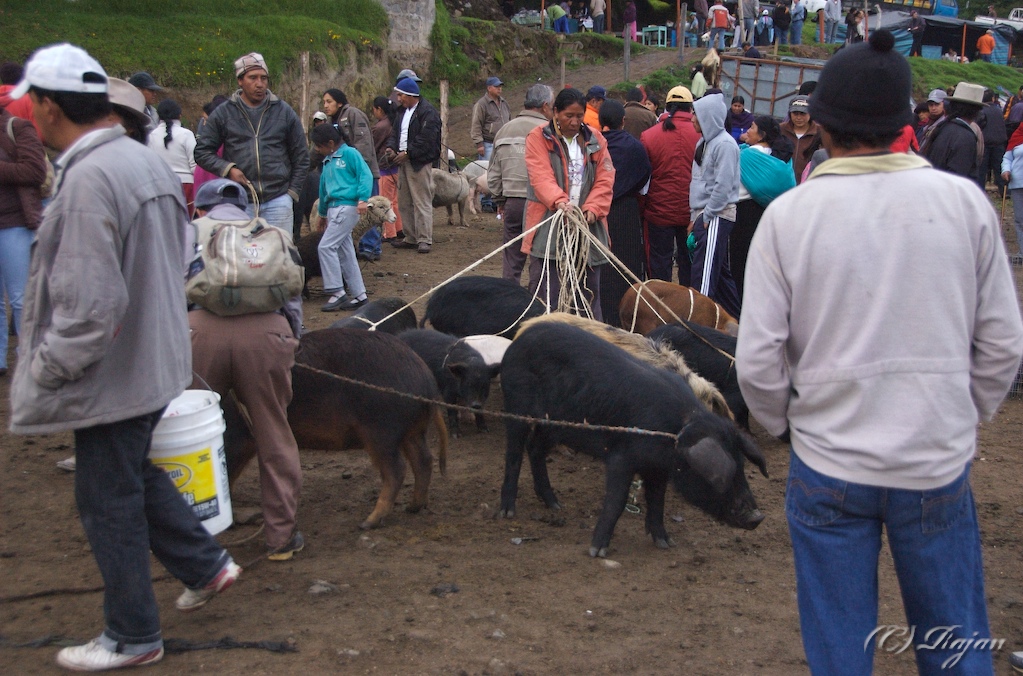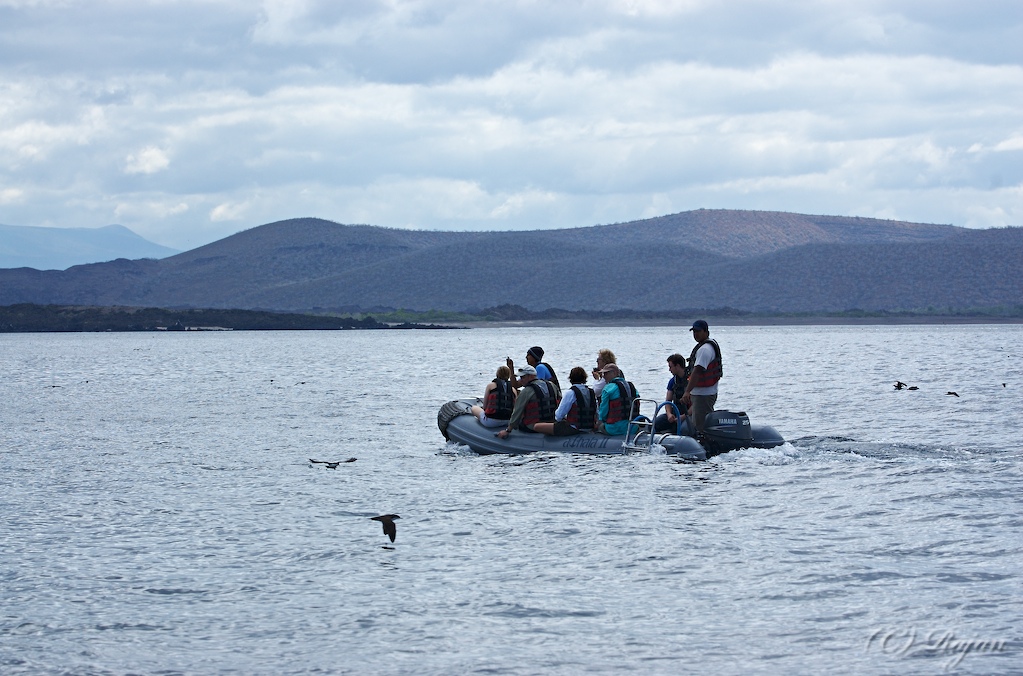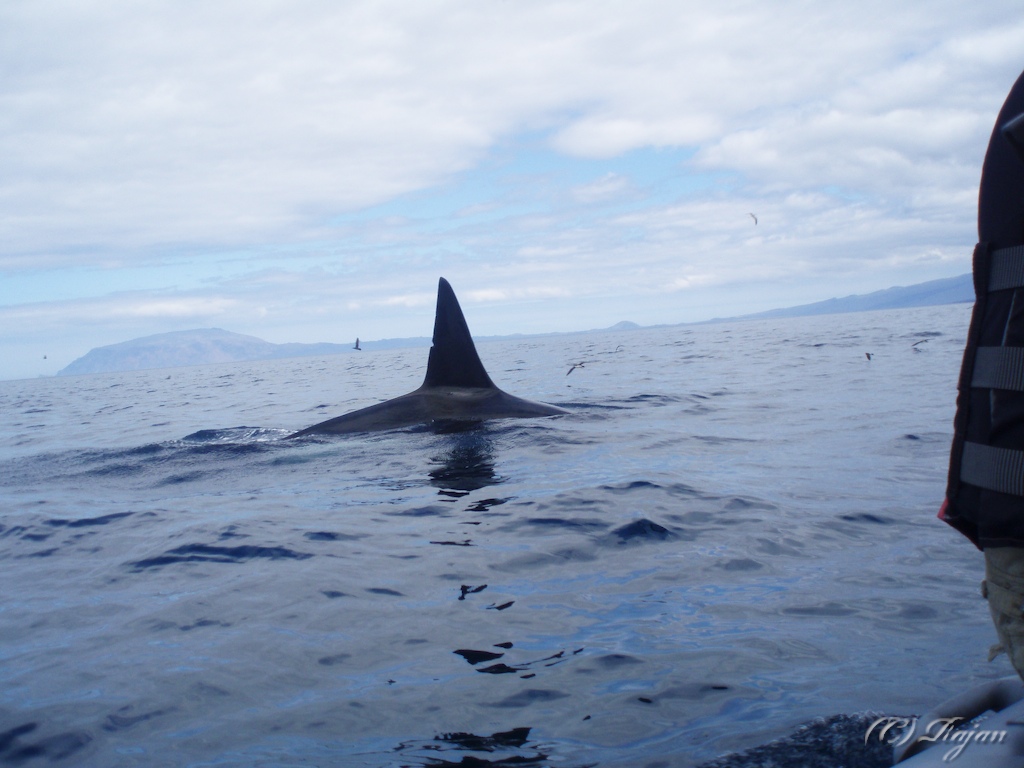Language a barrier for shopping?
October 9th, 2009 | Tags: Ecuador, Otovalo, shopping | Posted in South and Central America | 3 Comments »Travel involves sightseeing, photo clicking, creating memories and shopping for knickknacks which include everything from cheesy touristy tees to local food and handicrafts. Shopping is always a fun activity for us. I enjoy the bargains, the colors and everything else (spoken like a true woman right?) and he enjoys the culture and the history behind every item being sold.
Any guide book about Ecuador will talk about Otavalo – located in the valley surrounded my volcanic mountains – Imbabura, Cotacchaci, and Mojanda. Quite a location. All 3 volcanoes are inactive or dormant but they are not considered extinct. The drive from Quito to Otavalo is amazing. We pass through the windward and then the leeward side of the mountains so there is the fertile land and the dry land.
All along the way there are small towns and villages filled with craftsmen and women who spend their time making fabulous craft items using their hands and traditionally on Saturdays these craftsmen make a trek to the market at Otavalo with their wares. Over the years, the Otavalo market has grown and these days it is open all around the week. We were warned that the Saturday market gets too crowded and it is better to hit the Otavalo market on a weekday and that is what we did.
Our first stop that day was at the village of Calderon. This village is known for its bread dough figurines. Traditionally on the “Day of Dead” the people from Calderon make bread figures and take it to the graves of the departed as a mark of remembrance. Today, the bread dough is crafted just like clay into various shapes and with a touch of color make wonderful gifts from Ecuador. We were lucky to watch a local woman demonstrate her crafting skills and I did try my hand at crafting and as expected was a big failure.
Heading beyond Calderon, we pass the village of Guyilabamba and reach Cayambe. This stretch is the agricultural area, the land is doted with greenhouses filled with Ecuadorian roses. Ecuadorian roses are well known around the globe and there are a lot of issues related to the use of fertilizers, chemicals on the flowers and the working conditions at the greenhouses. Cayambe is known for what are called biscochos – flaky biscuits/bread. Yummy and kind of like the varkis we get in Ooty. Just past Cayambe is the equator where cheesy tourists like us clicked goofy pictures with one foot on each hemisphere – cheesy but a memory.
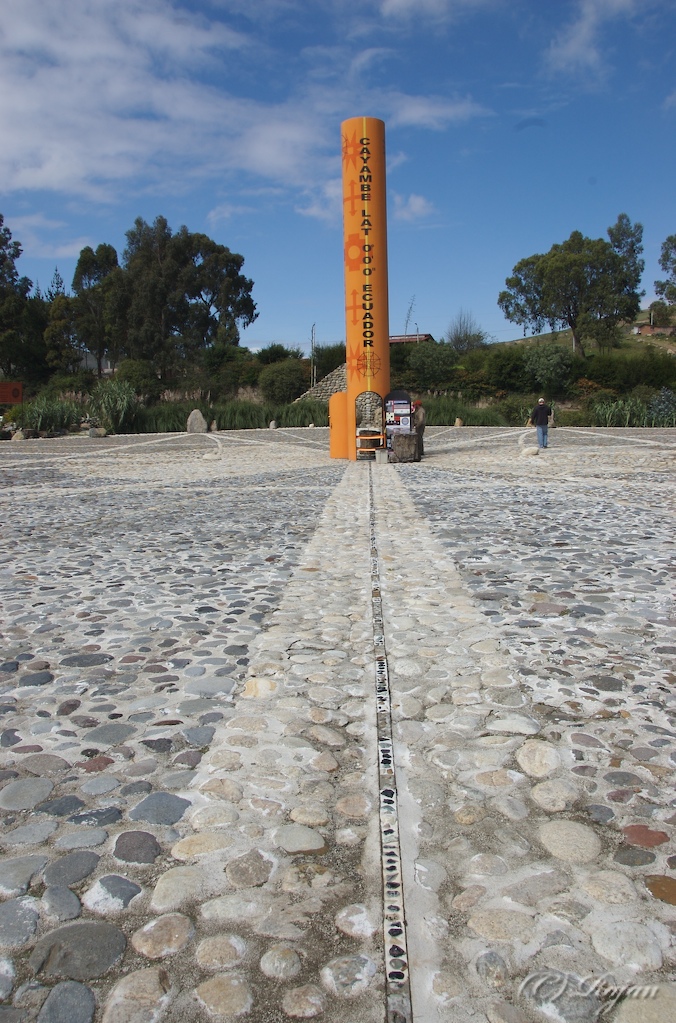
In Otavalo after checking into our Hacienda on the lake we were ready to hit the shops. With serious advise from our guide to bargain we get set. The color, the activity and the life at the markets blew us away. It is a sight worth cherishing forever.
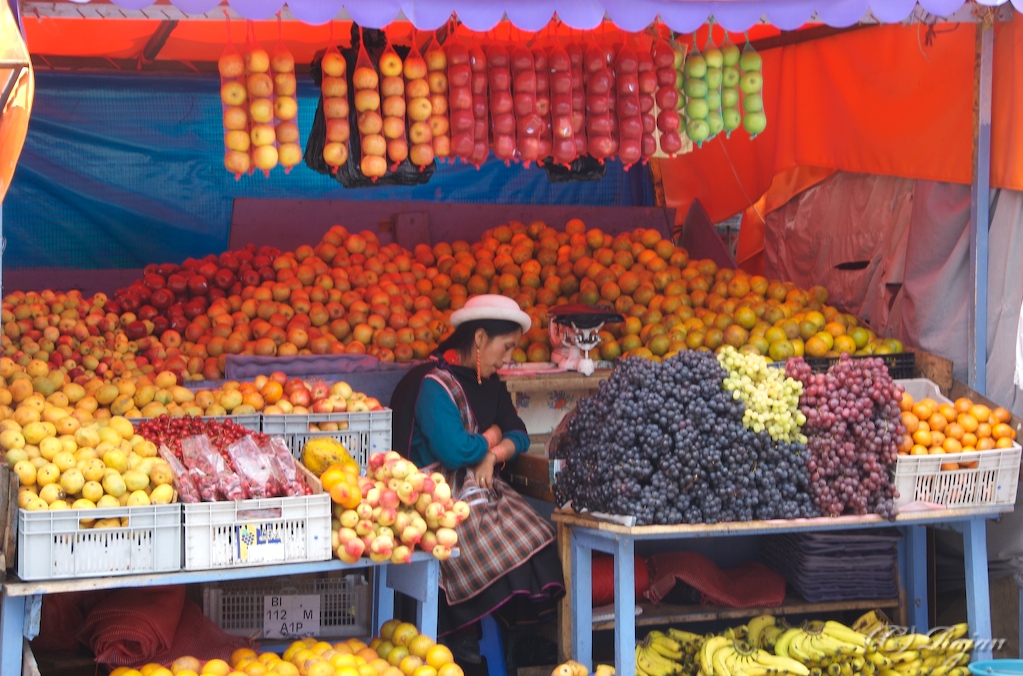
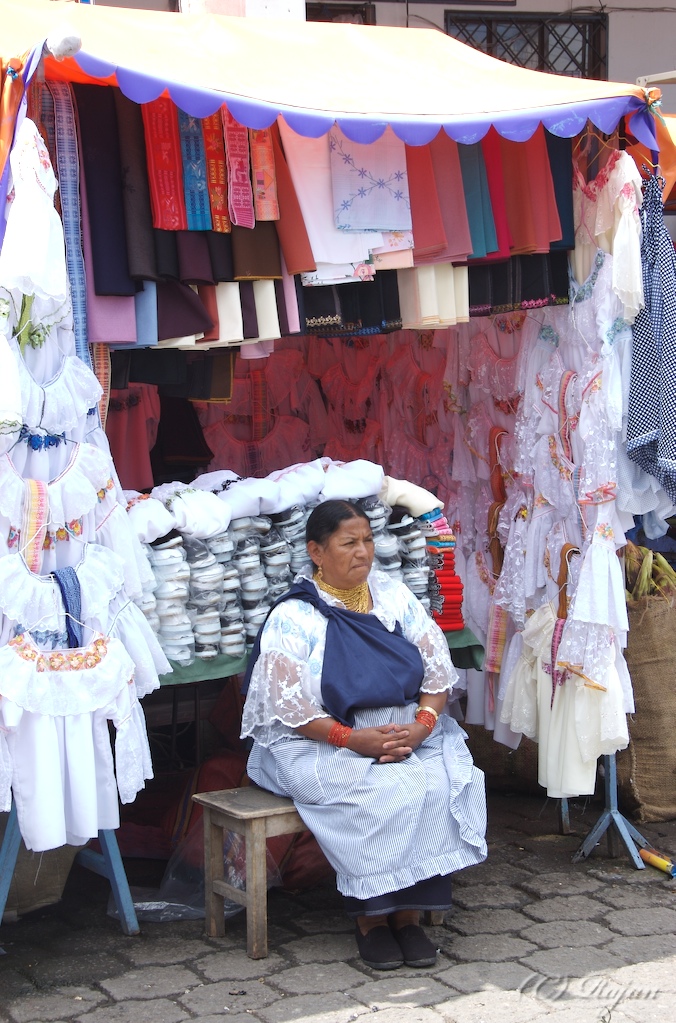
Ever tried bargaining without knowing the language? We spoke no Spanish or any of the local dialects the were used but I had a ball bargaining and buying beautiful handbags, sweaters, jewelery and all kinds of handicrafts.
So here is how my usual bargaining process goes on,
Step 1: I spot something I fall in love with (which happens at every second stall in the area)
Step 2: I point it out to the husband
Step 3: He inquires about the price of the item in a mix of English and sign language
Step 4: The shopkeeper responds in sign language using his/her fingers.
Step 5: I start shaking my head and making signs of moving away
Step 6: The husband moves away as if to say I do not know this crazy woman (This happens simultaneously with Step 5)
Step 7: I quote a much lower price in English and the shopkeeper pulls out either a piece of paper or calculator and I write down or punch my price for the item
Step 8: The shopkeeper clears out my price and quotes his/her best offer
Repeat Step 7 and 8 till we reach a deal
Step 9: Pay, collect the item and catch up with the husband who still does not understand the simple pleasure of bargaining and shopping
We spent the night at PuertoLago with the view of the mountains, llamas and the lake. We also did wake up at 5am on Saturday to visit the animal market. Unfortunately we had no plans to buy a hog or some cattle in Otovalo but it was fun watching the negotiations and enjoying a slice of the Ecuadorian tribal life.
